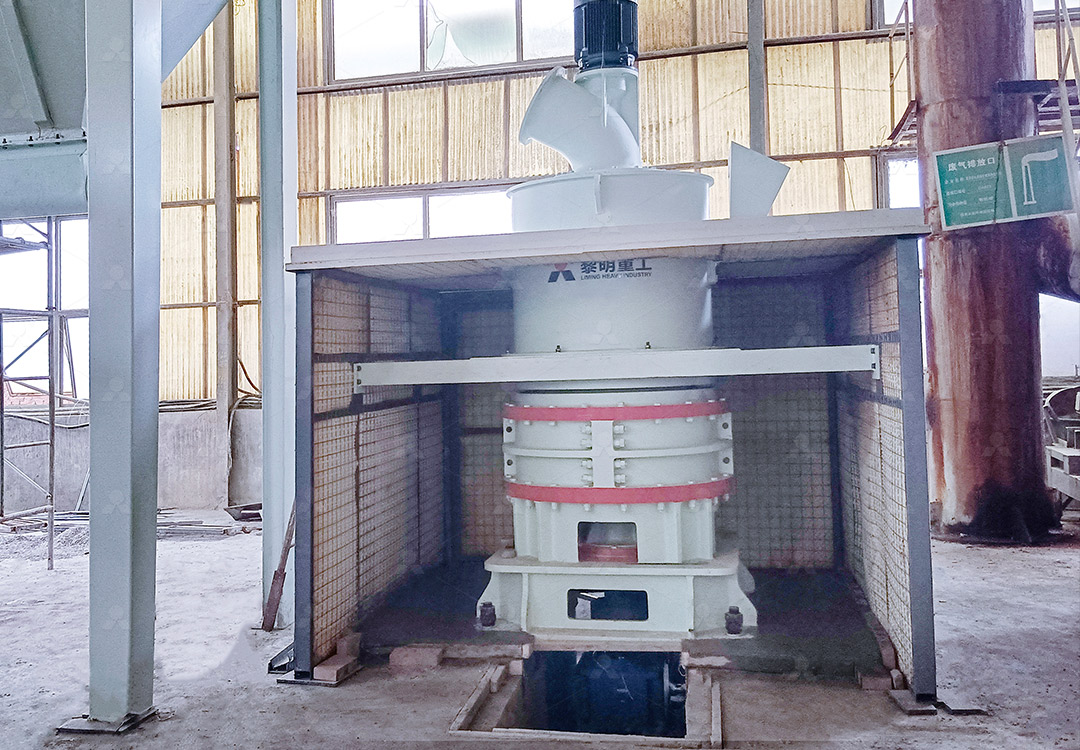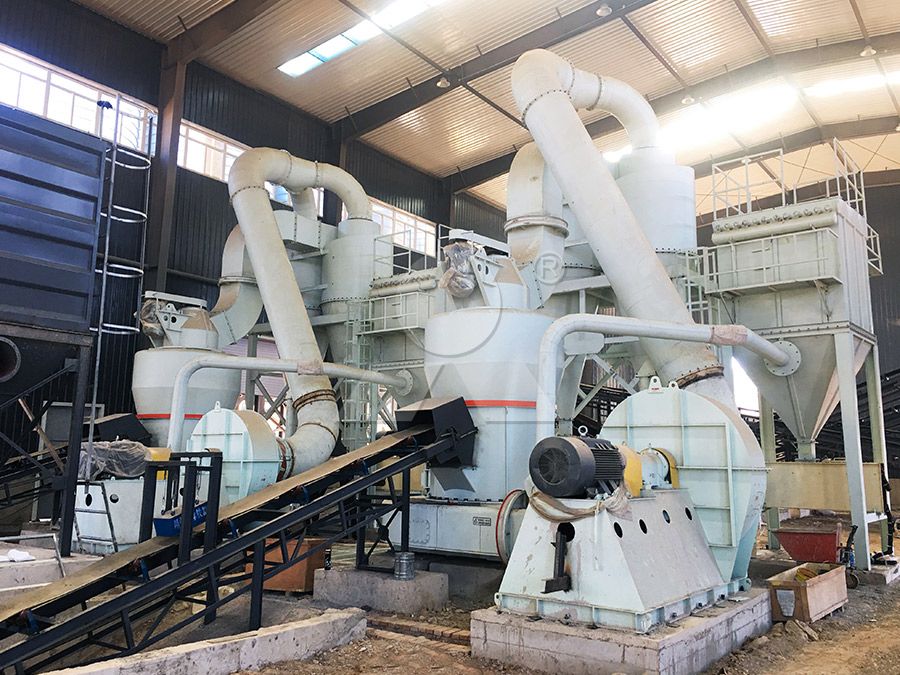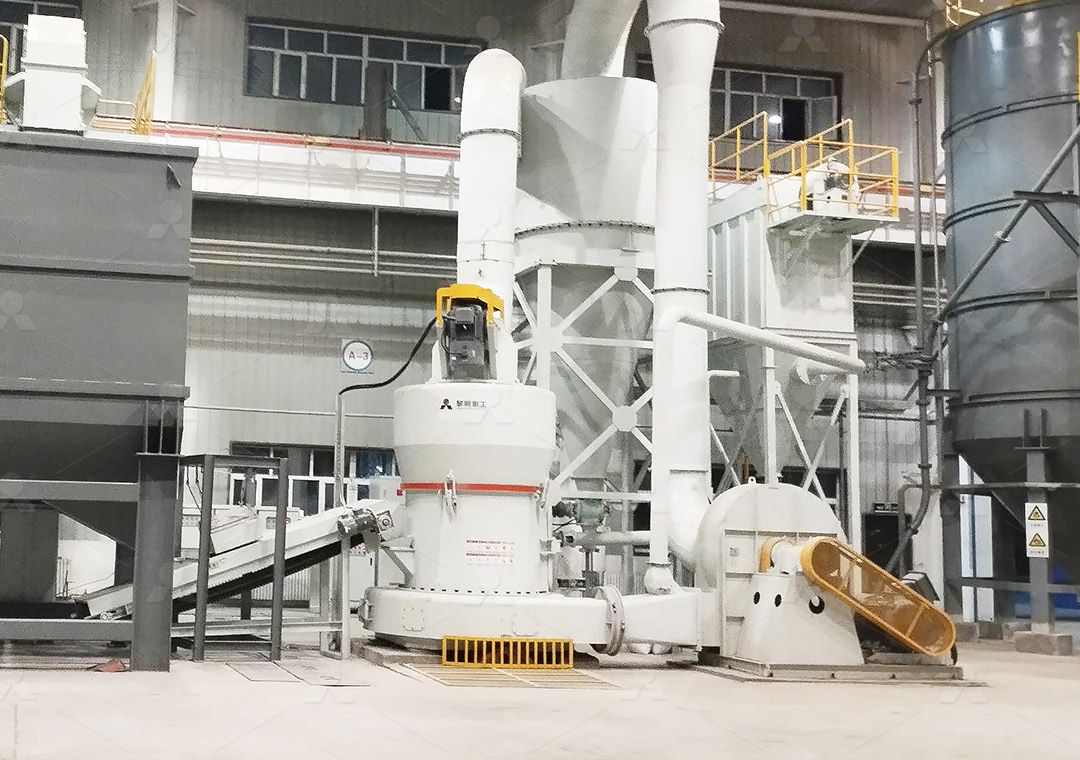How Much Does a Limestone Grinding Mill Cost?
How Much Does a Limestone Grinding Mill Cost?
As an industry professional with over 15 years of experience in mineral processing equipment, I’m often asked this straightforward question that unfortunately doesn’t have a simple answer. The cost of a limestone grinding mill varies dramatically based on multiple factors that every serious buyer should understand before making an investment.
Key Factors Influencing Limestone Grinding Mill Pricing
When evaluating limestone grinding mill costs, consider these critical elements that significantly impact the final price tag:
Production Capacity Requirements: The throughput capacity you need is perhaps the most significant cost driver. Mills range from small laboratory units processing just a few kilograms per hour to industrial behemoths handling hundreds of tons. Our MW Ultrafine Grinding Mill, for instance, offers capacities from 0.5 to 25 tons per hour, creating a substantial price range across models.
Final Product Fineness: The required particle size of your limestone powder directly affects equipment selection and cost. Standard grinding to 200 mesh is considerably less expensive than achieving ultra-fine powders at 2500 mesh. The precision required in your final product specifications will influence whether you need basic equipment or advanced systems with sophisticated classification technology.

Technology and Features: Modern grinding mills incorporate advanced features that impact both performance and cost. Systems with efficient dust collection, noise reduction technology, automated controls, and energy-saving designs command higher prices but offer better long-term value through reduced operating expenses.
Beyond the Initial Purchase Price
Smart buyers look beyond the initial equipment cost to consider total ownership expenses:
Energy Consumption: This represents the most significant ongoing cost in grinding operations. Advanced mills like our MW Ultrafine Grinding Mill consume up to 40% less energy than conventional systems while delivering higher output. This energy efficiency translates to substantial savings that can offset a higher initial investment within a surprisingly short timeframe.
Maintenance and Wear Parts: Consider the frequency and cost of replacing grinding elements, liners, and other wear components. Mills designed with innovative features like external lubrication systems and no internal screws or rolling bearings in the grinding chamber dramatically reduce maintenance downtime and associated costs.
Operational Labor: Automated systems with digital controls require less operator intervention, reducing labor costs and minimizing human error. Modern mills can often be monitored and adjusted remotely, further optimizing staffing requirements.

Recommended Solutions for Limestone Grinding
Based on your specific requirements, different mill technologies offer varying value propositions:
For operations requiring ultra-fine limestone powder with exceptional energy efficiency, our MW Ultrafine Grinding Mill represents an outstanding solution. This system produces powder between 325-2500 meshes with remarkable precision while consuming 30-40% less energy than comparable equipment. The innovative design eliminates rolling bearings and screws within the grinding chamber, addressing common failure points that plague conventional mills.
For operations prioritizing vertical space utilization and advanced automation, the LUM Ultrafine Vertical Grinding Mill offers exceptional performance in a compact footprint. With capacities from 5-18 tph and advanced powder separation technology, this mill delivers consistent quality with minimal operator intervention.
Making the Right Investment Decision
The true cost of a limestone grinding mill extends far beyond the initial purchase price. A slightly more expensive but more efficient and reliable system often provides significantly better long-term value through reduced energy consumption, lower maintenance costs, and higher productivity.
When evaluating options, request detailed operational cost projections from manufacturers, including energy consumption data, expected wear part life, and recommended maintenance schedules. This comprehensive approach ensures you select equipment that delivers optimal value throughout its operational life.

Frequently Asked Questions
Q: What’s the typical price range for a commercial limestone grinding mill?
A: Prices range from $50,000 for basic systems to over $500,000 for high-capacity, advanced technology mills. The MW Ultrafine Grinding Mill typically falls between $80,000-$300,000 depending on configuration and capacity.
Q: How long does installation and commissioning usually take?
A: Most systems require 2-6 weeks for installation and commissioning, depending on foundation requirements, auxiliary equipment, and system complexity.
Q: What maintenance costs should I anticipate annually?
A: Annual maintenance typically costs 2-5% of the initial equipment investment. Our MW series mills often fall at the lower end due to their innovative design that reduces wear part replacement frequency.
Q: Can the same mill process materials other than limestone?
A: Yes, our MW Ultrafine Grinding Mill effectively processes calcite, dolomite, barite, talc, and numerous other non-metallic minerals with similar hardness characteristics.
Q: What’s the typical ROI period for a limestone grinding mill investment?
A: Most operations achieve ROI within 18-36 months, with energy-efficient models like the MW series often reaching breakeven faster due to significantly lower operating costs.
